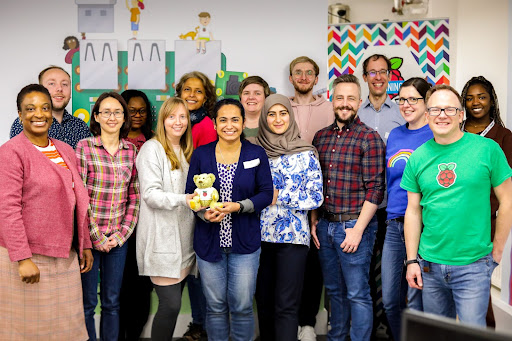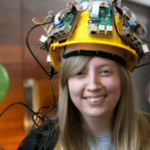Schlagwort: cpd
-

How to create great educational video content for computing and beyond
Reading Time: 5 minutesOver the past five years, we’ve made lots of online educational video content for our online courses, for our Isaac Computer Science platform for GCSE and A level, and for our remote lessons based on our Teach Computing Curriculum hosted on Oak National Academy. We have learned a lot from experience and…
-

“17% women in tech is not enough”
Reading Time: 6 minutesTechnology should be for everyone, but it has to be built by everyone to be for everyone. At Raspberry Pi, we work to empower everyone to become a tech creator and shape our collective digital future, and we hope that our work will help to increase the tech sector’s diversity. Today, part…

